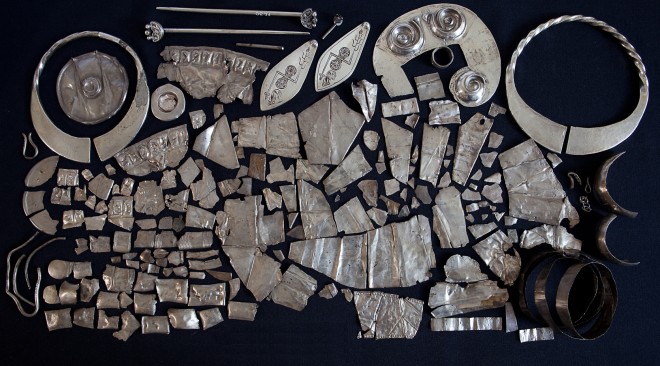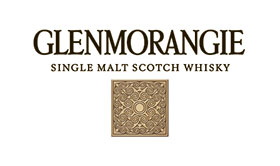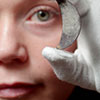National Museums Scotland is delighted to announce the success of an application to the UK Arts and Humanities Research Council to develop a network of scholars working on silver across northern Europe.
As you’ll know if you’ve read my recent blog posts, the Glenmorangie Research Project is currently undertaking an exciting programme of research on the use of silver in early medieval Scotland. In the first millennium AD, silver – not gold – was the power material of choice in Scotland, used to make the most prestigious status symbols. We are using this single precious material as a lens through which to examine the transition from Iron Age to Early Medieval society in what is today Scotland.
Thanks to the Arts and Humanities Research Council (AHRC) award, and in collaboration with our co-investigator Dr Andreas Rau (Centre for Baltic and Scandinavian Archaeology, Stiftung Schleswig-Holsteinische Landesmuseen, Germany), we will be able to situate this research in its European context, making new connections with colleagues and new comparisons with collections beyond Scotland.

Competition for AHRC funding is extremely competitive and we are delighted to have been awarded this grant in recognition of the quality of our research and the novelty of our approach. The network will enable us build on the work of the Glenmorangie Research Project and to play a leading role in the development of a European-wide perspective on early medieval silver.
The network, ‘Silver, Status and Society – the transition from Late Roman to Early Medieval Europe’, will bring together academics, museum professionals, early career researchers and post-graduate students. One of its primary aims is to create lasting cross-disciplinary connections between those involved in the discovery, curation, research and public presentation of early medieval silver from across northern Europe. Together, the network will compare and contrast different strategies towards the supply, circulation and use of silver following the collapse of the Roman Empire and to explore the role of this precious metal in the emergence of the early medieval kingdoms of Europe.
There will be two specialist meetings of the network in 2017 and the fruits of these will be published in a volume of academic papers. There will be an opportunity to come to a public day conference at the National Museum of Scotland in 2017 to hear about the network’s findings, and more details about this will be announced early next year. In the meantime you can keep up to date with the network’s activities at our webpage and here at the blog.


The Glenmorangie Research Project aims to extend our understanding of Scotland’s Early Medieval past and was established in 2008 following a partnership between National Museums Scotland and The Glenmorangie Company. The current phase of research, Scotland’s Earliest Silver: power, prestige and politics will look at the biography of this precious metal as it was used and reused in Early Medieval Scotland.
Scotland’s Early Silver exhibition is on at the National Museum of Scotland until 25 February 2018 and follows three years of research supported by The Glenmorangie Company.
